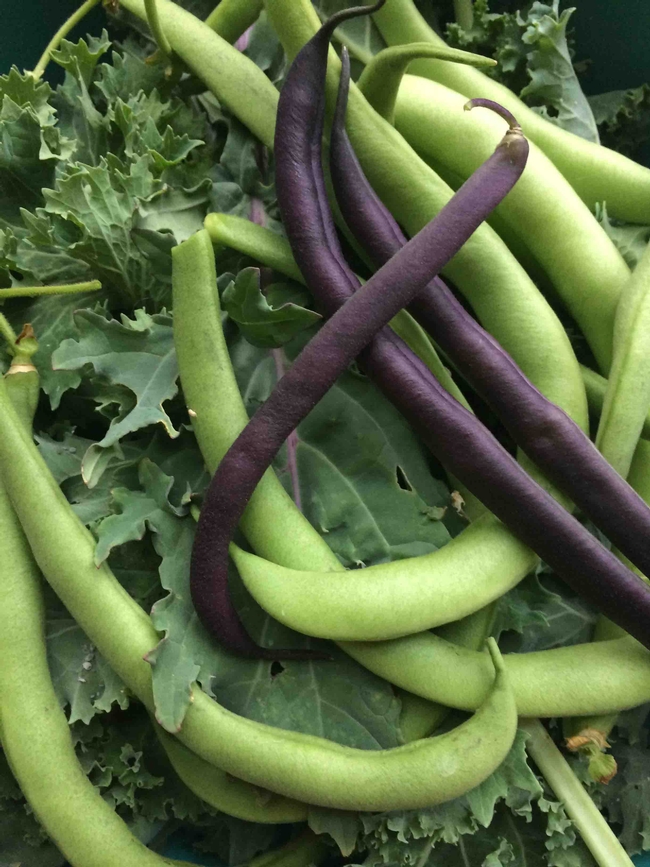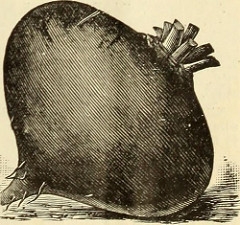This article was originally posted in August 2013 but the information is very appropriate for us right now. Thanks, Paul!

The two biggest factors in deciding what and when to plant is the time left in the growing season and the cooling of the soil temperature. Some varieties will really benefit from late summer and early fall planting, when soil temperatures are still warm and will jump start seed germination. First, you need to know your first frost date. Now that you have an idea of how much time is left in your particular growing season, let's look at some varieties that can be direct planted in warmer soil, some that will benefit from being sprouted then transplanted, and some that will really like a cooler soil a little later on.
- Asian or Mustard Greens are always a success among fall vegetables, and are as easy to grow as lettuce. Sometimes used as edible cover crops. 21 days baby, or 45 days mature.
- Arugula (Rocket) has a wonderfully mild flavor, becomes large and leafy and rarely bolts when grown in fall.
- Endive grown in the fall garden has big, crisp hearts, and taste less bitter compared to spring-grown crops. 40 days baby or 60 days mature.
- Beets germinate quickly in the warm soil of late summer or early fall. 35 days to greens, 50 days mature.
- Broccoli stays sweeter, richer and produces longer in cooler weather. Choose from the traditional head type or the "shoots and leaves" for some variety. 40 days, may be cut again.
- Cabbage should be both direct sown and transplanted after sprouting to extend the harvest. The transplants will mature first, leaving room for those started from seed a couple of weeks later. 60 days from transplanting.
- Carrots need a moist seed bed to sprout, but will become extra sweet as the soil cools off. 70 days.
- Cilantro will bolt in hotter weather, but will produce over a much longer time in the fall. Cut and come again.
- Cucumbers will sweeten up as the weather cools off. Hot, dry weather and lean, poor nutrient soil makes them bitter. 60 days, frost sensitive.
- Kale is incredibly cold tolerant, yet highly productive and easy to grow. Very nutritious and tasty on a cold fall or winter evening. 30 days baby, 60 days mature.
- Lettuce really prefers a cool season and benefits from both direct seeding and transplanting to extend harvests. 60 days, or 30 days from transplanting.
- Mache (Lamb's Lettuce) is a miracle green that grows strongly through winter with minimal protection and fills your salad bowl first thing in spring. 40 days baby, 60 days mature.
- Peas are very often overlooked, but are a cool season crop that does well in the fall garden. Use an early maturing variety. 50 – 70 days.
- Radishes grow well in fall including the familiar salad radishes, huge Daikon and radish blends.
- Scallions or green onions develop a richer flavor as cooler weather arrives. 65 days.
- Snap beans will be crunchier and sweeter as cooler weather arrives. 50 – 60 days, frost sensitive.
- Spinach can be planted or harvested 3 times. Start seedlings indoors and transplant for an early fall crop, direct sow once soil temperature is below 70F and grow a third crop under a row cover or low hoop house until the coldest part of the winter. 30 days baby, 45 days mature.
- Swiss chard is both heat and cold tolerant, but produces richer flavors once the first frosts set in. 30 days baby, 55 days mature.
- Turnips will give you both tasty greens and crunchy roots that will store for several weeks. 40-50 days.

For more information on vegetable gardening, including information on particular types of vegetables, visit the University of California's California Garden Web. And use our Hotline if you would like to visit, talk to, or email a Master Gardener about this or any other garden topic!